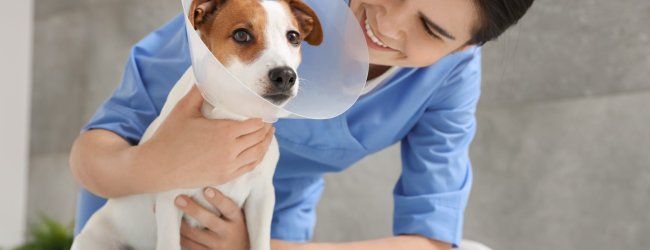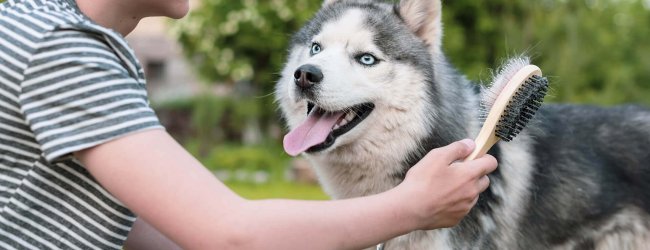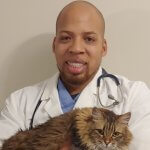 Approved by Dr. Dwight Alleyne, DVM
Approved by Dr. Dwight Alleyne, DVM Cat Not Drinking Water? Here’s What To Do.
A cat not drinking water could mean anything from their disagreeing with your food bowl placement...to a serious health condition, including kidney disease or even cancer. Here are the signs to keep an eye out for.
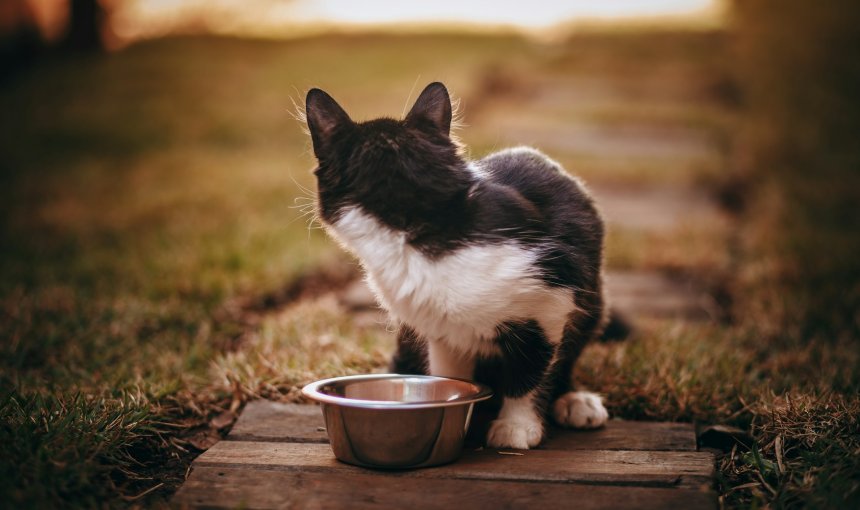
Just like you, it’s important for your cat(s) to stay hydrated – so they’ll feel well and stay healthy. So if you have a cat not drinking water, watch out. More often than not, serious health issues like gastroenteritis and dehydration might turn up as easy-to-miss signs like lethargy first – decreased appetite after.
So in this article, we’ll cover how much water a cat needs, why a cat might stop drinking water, and what you can do to get your cat drinking again. Plus, how tracking your cat’s daily activity can help you catch on to signs of illness – and take action before they worsen.
Key Takeaways
A lack of water intake can signal a serious issue.
While a cat not drinking can be due to a minor issue like a dirty bowl, it can also be a symptom of a serious health condition like kidney disease or cancer.
You can encourage your cat to drink more with a few simple tricks.
Keep their water bowl clean, use a different material for the bowl, add water to wet food, or use a water fountain.
Watch out for signs of dehydration.
Including lethargy, sunken eyes, and loss of appetite. Get in touch with your vet if your cat hasn’t been drinking for 48-72 hours or is showing other concerning symptoms.
Use a smart cat collar with Health Monitoring.
Your Tractive device can act as an early warning system – helping you catch on to a sudden drop in your cat’s activity. (Which can be an early indicator of dehydration or other health issues.) In these cases, you’ll get a Health Alert prompting you to drop by your vet.

Find out where your cat spends their time.
Read more- Key Takeaways
- How much water does my cat need?
- Do cats need less water in general?
- Why is my cat not drinking water?
- More serious reasons for a cat not drinking water
- Signs of dehydration in cats
- Can I feed my cat milk instead of water?
- How to get a cat to drink water
- When to go to a vet if your cat isn’t drinking water
- Where a smart cat collar can help you catch an illness early
How much water does my cat need?
As a rule of thumb, an adult domestic cat that weighs 11 lbs/5 kg should drink approximately 250 ml of water – or just over one cup – per day. However, your cat’s daily water requirements depends on several factors. Including their age, size, diet, activity level, and the time of year. In some cases, your cat might need more than 250 ml of water. Like, for example, if they’re:
- A super active outdoor cat, with a large territory to patrol
- Or if they’re in the habit of eating only dry food (which contains less water than wet food)
- Living in a generally warmer climate
Your vet will be able to tell you exactly how much water your cat needs each day. But there’s no need to measure out exactly this amount – just make sure to provide your cat with access to a clean, fresh water supply all day long and let them drink as much as they need.
💡A smart cat collar can help you figure out just how active your cat is – and also if their activity has dropped weirdly. (Which could be one of the first signs your cat is sick.) We’ll cover it in detail a little further below.
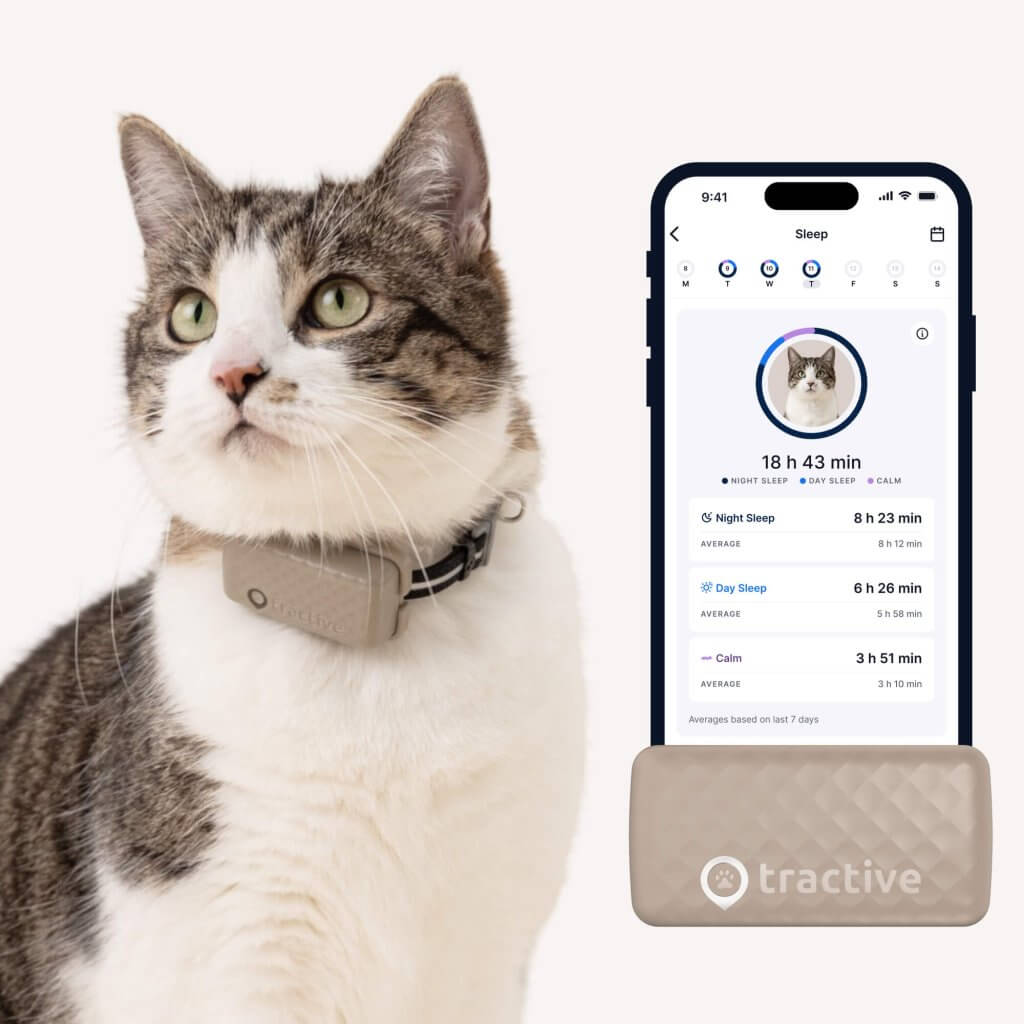
Help your cat stay fit and healthy
Get a complete overview of how much exercise and rest they’re getting. Compare their activity to that of similar cats. Set daily goals.
Do cats need less water in general?
Compared to dogs and humans? Yes. Your cat’s evolutionary ancestors originated from hot, desert areas that didn’t have a ton of water lying around. As a result, they’ve evolved to make do with drinking less water throughout the day. Modern day domestic cats aren’t too different. It’s why cats tend to drink smaller amounts of water per day, compared to dogs.1
Now it’s because your cat needs less water in general that you might miss out on them taking fewer trips to the water bowl than normal. Or maybe refusing to drink at all – or even drinking a lot more water than normal! In all these cases, it makes sense to keep track of your cat’s water intake – and get to the bottom of why their habits have changed.
Read more: Is Your Cat Drinking A Lot Of Water? Here’s What It Could Mean.
Why is my cat not drinking water?
Your cat might hesitate to take a sip depending on how much they’ve already drunk for the day (whether from your neighbor’s sprinklers or just elsewhere.) Else, their water bowl can play a big role. If it isn’t clean or is made of a material they don’t like, it can all make a difference. Make sure to check and double-check for any fur or dust that might’ve fallen into your cat’s water bowl. Shift it to a quieter spot around your home so they can drink with a little privacy.
Your cat’s diet and activity can also play a role. If you’ve changed your cat’s diet (i.e. from dry food to wet food), they might be already hydrated enough. If your cat is also less active, they will need less water in general. This is also why senior cats might drink less water, because they tend to slow down with age. If it’s a hot day outdoors, they might need more water.
Finally, your cat might drink less water if they’re recovering from a recent surgery or medical treatment.
More serious reasons for a cat not drinking water
Now even if cats don’t tend to drink a ton of water, they do still need to stay hydrated. And unfortunately, if you notice they’re drinking less than before – or not at all – it could also be a sign of illness. Here are some diseases that might lead to a cat not drinking water – among other symptoms:
- Liver disease
- Kidney disease
- Cancer
- Pancreatitis
- Inflammatory bowel disease
- Periodontal disease3 – and other dental diseases
- Gastroenteritis, or another digestive disease
- Hyperthyroidism
- Diabetes
⚠️ Left untreated, these could be fatal over time. And since cats don’t tend to draw attention to themselves when sick, it can be easy to miss the early symptoms of these disease – which means they might have worsened by the time you do notice.
Signs of dehydration in cats
If your cat is not drinking enough water to meet their daily needs, they may become dehydrated. This can lead to issues in the cat’s energy, organ and skin health. Dehydration is caused by drinking too little water or urinating at a faster rate than they consume water. It could also be caused by more serious factors like blood loss, vomiting, heat stroke, diabetes, and kidney disease.4
Here are some symptoms of dehydration in cats:
- Dry, non-elastic skin
- Loss of appetite
- Drooling
- Sunken eyes
- Dry, red gums
- Panting
- Urinating excessively or infrequently
- Constipation
- Trembling
- Increased heart rate
- Persistent vomiting and/or diarrhea5
⚠️ One of the first signs your cat might not be feeling well is if they’re generally more lethargic – or less active – than usual. They may seem disoriented or out of sorts – and might strain in the litter box. If you notice any of these signs, make sure to take your cat to the vet as soon as possible. Your cat may be dangerously low on electrolytes.6
Read more:
- Lethargy In Cats: Why It Happens & How To Handle It
- How Long Can a Cat Go Without Water? Dehydration in Cats 101
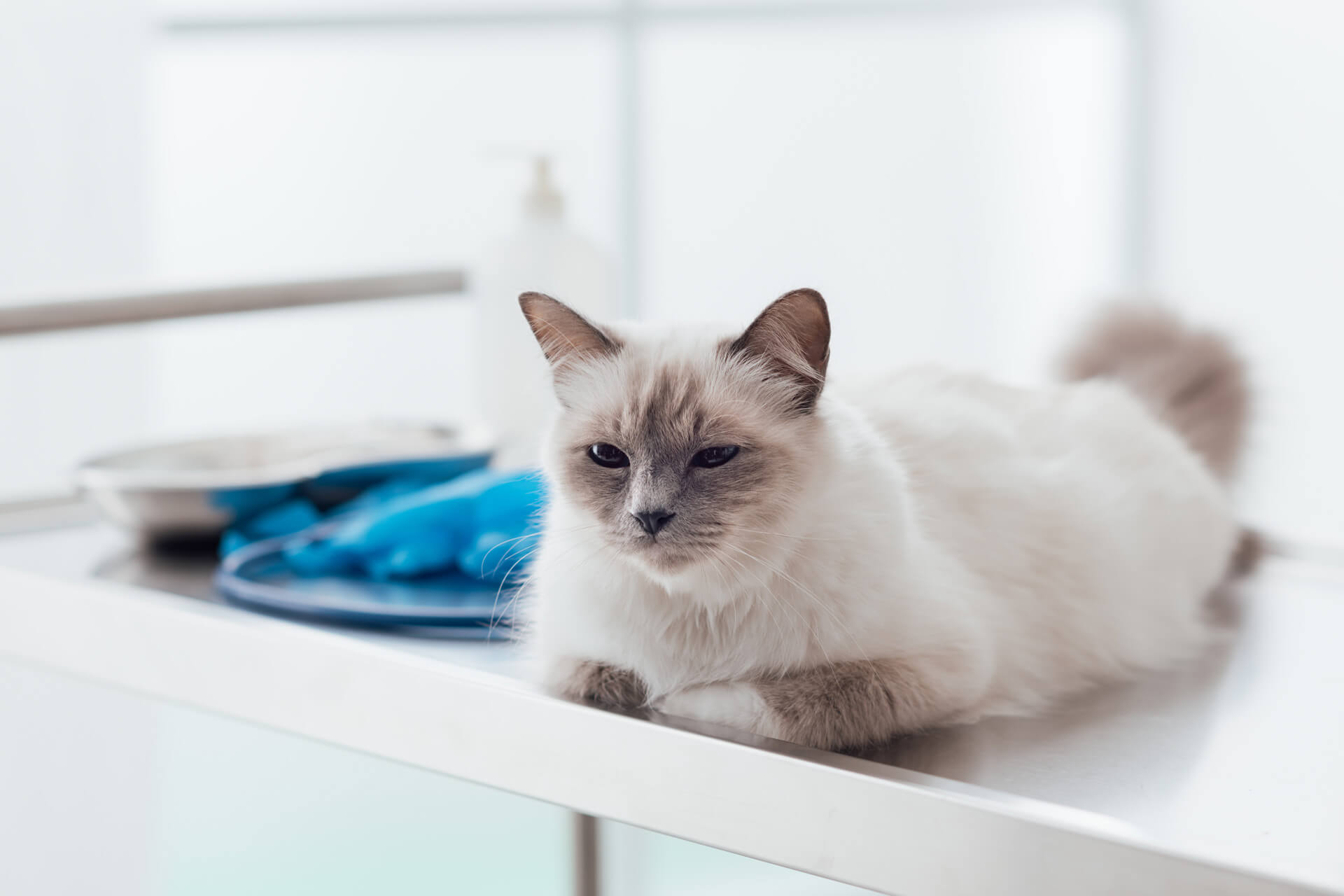
Can I feed my cat milk instead of water?
Cats only need one thing to stay hydrated – water. Generally, milk is bad for cats due to the fact that most are lactose intolerant and will become sick (with, for example, diarrhea and vomiting) in case they drink milk. So it’s best to avoid feeding your cat milk, unless it is the kind specifically made for cats.7
How to get a cat to drink water
Adjust their water bowl and keep it clean. Try and serve them water in glass, ceramic, or metal bowls. Keep your food and water bowls away from the litter box and separate if you have multiple cats.
You could also try to give your cat more wet food, which tends to be more hydrating than dry kibble. If your cat is already eating wet food, try and add some water to their food bowl. Adding unsalted tuna or chicken broth – or crushed catnip – to your cat’s water can encourage them to drink.
Try using a water fountain or your lawn sprinklers – ensure your house has enough sources of water for your cat. In general, it’s a good idea to ensure your house has enough sources of water to go around. (Your cat may like some better than others.) For example, you could run your kitchen or bathroom faucets to see if your cat drinks it. Or try giving your cat bottled water instead of tap. If all else fails, add some ice cubes to their water bowl.
When to go to a vet if your cat isn’t drinking water
If you have a cat not drinking water for 48-72 hours, or showing other worrisome symptoms, including lethargy, a loss of appetite, or changes in urination, then head to your vet. They’ll be able to assess your cat’s health to determine if they are suffering from dehydration, any of the illnesses above or another condition which may require medical attention.
Where a smart cat collar can help you catch an illness early
Cats are masters at hiding signs of illness. So it’s understandably challenging for you to notice when something’s wrong. This is where a smart cat collar with Health Monitoring can be a game-changer. If your cat isn’t drinking water as usual, you might not notice right away – but subtle signs like reduced activity levels or lethargy can often be the first indicators of dehydration or an underlying health issue.
With your trusty Tractive device strapped to their collar, you can monitor your cat’s movement patterns and energy levels in real time. A sudden drop in activity or longer-than-usual periods of rest could be a sign to take action before the condition worsens.
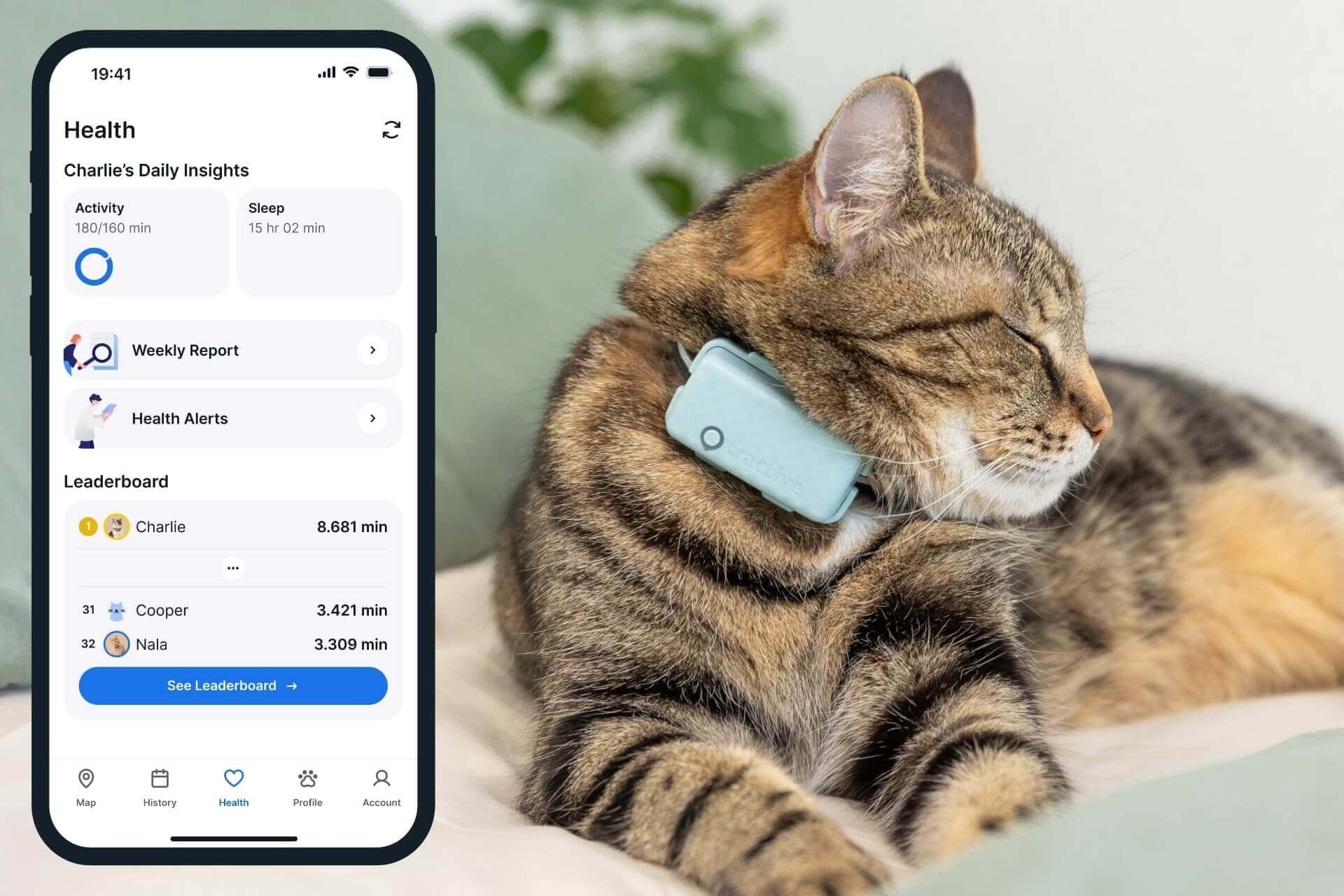
Your furry friend’s health and wellbeing means as much as to us as it does to you. So we’ve made it a priority to only share medically-relevant content on our blog.
This post was checked, double-checked, and medically verified by Georgia-based vet, Dr. Dwight Alleyne.

Originally from Long Island, New York, Dr. Alleyne began his career at a no-kill animal shelter before becoming a licensed veterinary technician. He graduated from Cornell University Veterinary College in 2006 and completed an internship at Purdue University. Now practicing in Georgia, Dr. Alleyne specializes in soft tissue surgery and ultrasounds. He also writes pet health articles on his website, “The Animal Doctor Blog” (www.anmldrblog.com).
